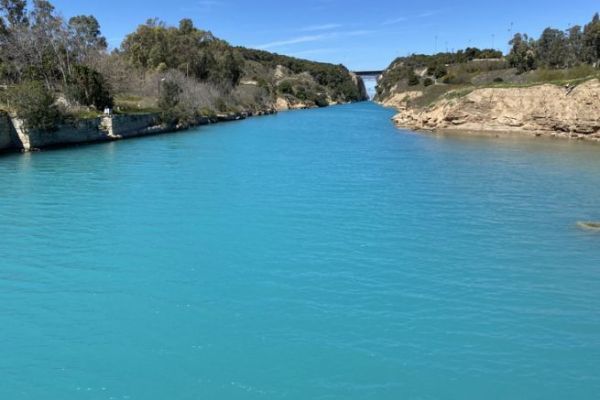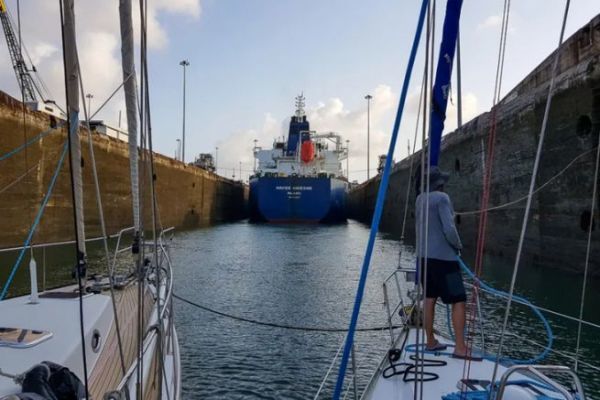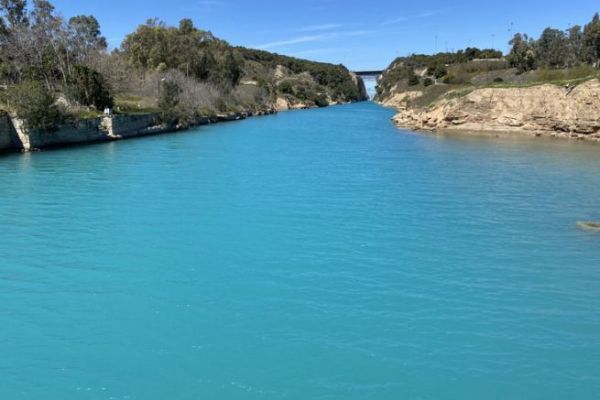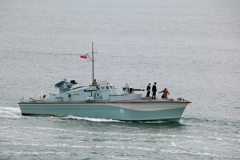Located in Greece, the Corinth Canal is a work of engineering that cuts through the Isthmus of Corinth, linking the Gulf of Corinth to the Aegean Sea. Although often overshadowed by its larger, wider counterparts, this canal plays a key role for yachtsmen navigating the Mediterranean. In fact, it avoids the Peloponnese bypass, a route that takes several days to sail from Italy to Athens.
An ancient idea and a modern realization
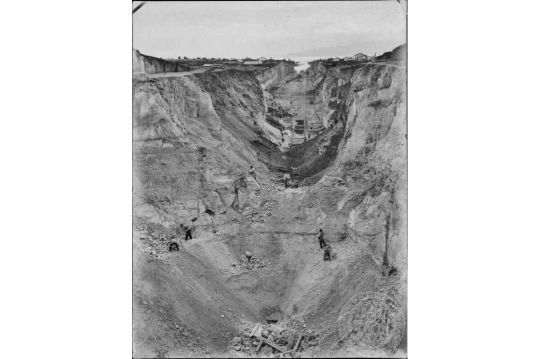
The canal's history began long before it was built: as far back as antiquity, rulers were planning to pierce the isthmus. Pericles, in the 5th century BC, was one of the first to propose such a project, but it wasn't until 1893 that the canal was finally opened to navigation.

The construction of the canal was a major engineering feat of its time. Work began in 1881, under the direction of Hungarian engineer István Türr and the French firm Borel et compagnie. The challenges were immense, especially given the tools available at the time. The workers, often equipped with nothing more than picks, shovels and dynamite, had to dig through a terrain composed mainly of limestone and marl.
Dimensions and implications
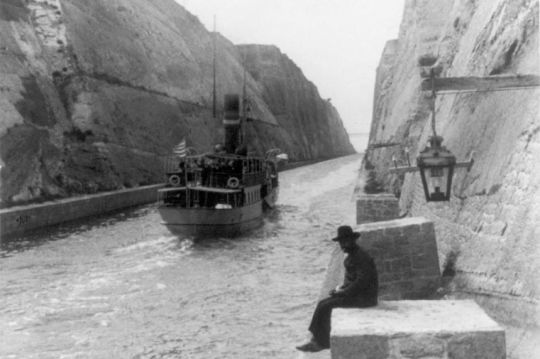
The canal is 6.4 kilometers long, 21.30 meters wide and 8 meters deep. The maximum height of the Corinth Canal walls above the water is around 50 meters. This impressive height contributes to the spectacular view that the canal offers visitors and travelers who cross it, framing the sky tightly when looking up from water level.
Its construction cost the lives of some 2,500 workers, largely due to accidents caused by dynamite explosions and unexpected collapses.
The canal has never achieved the commercial popularity expected. Its narrow width prevents the passage of most modern ships. Nevertheless, it remains a favorite crossing point for yachts and small pleasure craft, offering a picturesque and historic route between the Adriatic and the Aegean, from the Gulf of Corinth to the Saronic Gulf.
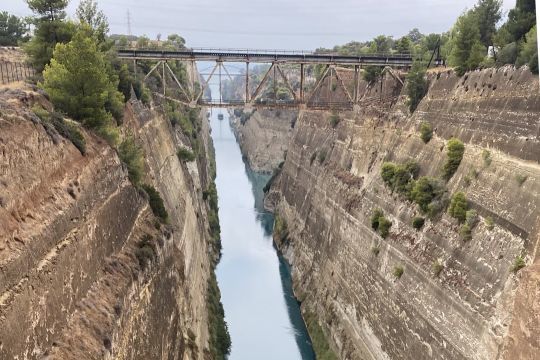
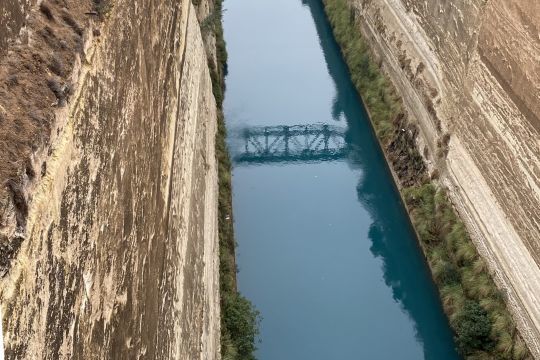
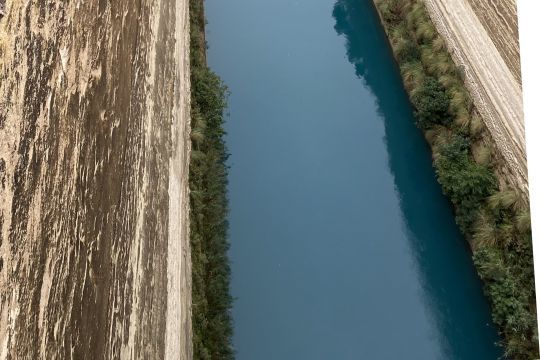
Remarkable anecdotes
The canal was the scene of a few exploits. For example, a parachute jump from the railroad bridge. Or the 6 km paddle race along the canal. A motorcyclist also managed to jump over the canal! Older is the jump made by a French parachutist in 1910. He jumped from a plane and landed in the canal.
In addition to its entertainment value, the canal also played a strategic role during the Second World War, and was the site of several acts of sabotage designed to prevent the movement of Axis forces.
The canal today
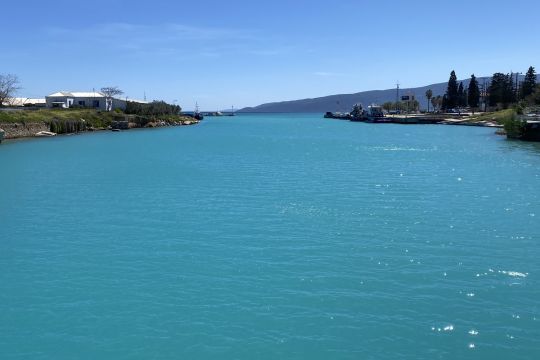
On this canal, boats cannot pass each other. Upbound traffic is carried out alternately, subject to authorization by the company that manages the canal. Some 11,000 vessels use the canal every year. In addition to the passage of pleasure boats, today the canal is primarily a tourist attraction, offering spectacular views and a rich history to visitors. Local companies offer cruises through the narrow passage, providing a close-up view of the vertical walls dug out over a century ago.
